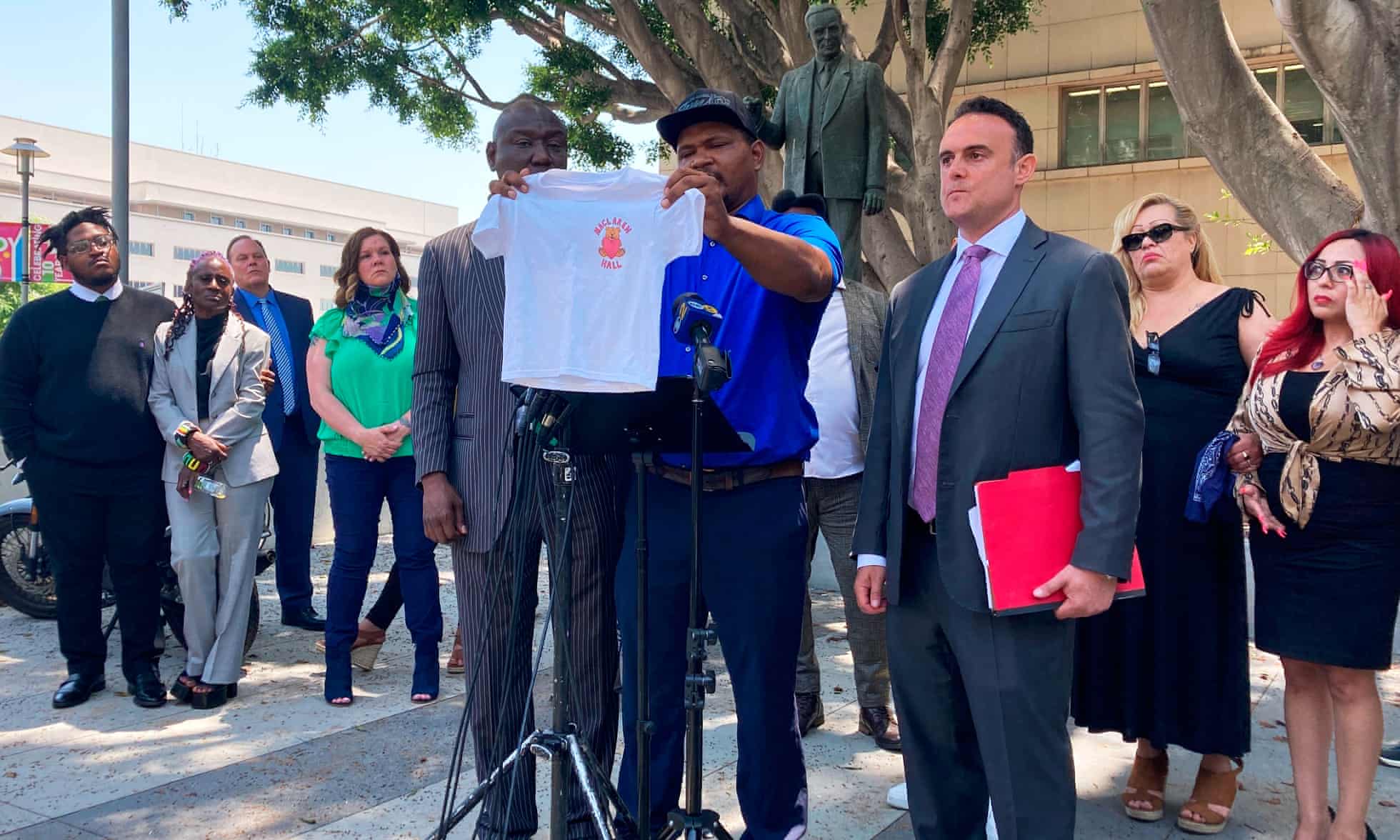 From a transport ship floating in Cuba’s Bay of Pigs, CIA operative Grayston Lynch knew the U.S. mission to overthrow Fidel Castro was faltering. The Cuban exiles he had brought with him had abandoned their posts, so he grabbed the boat’s recoilless rifles and machine guns and began firing at the aircraft overhead.
From a transport ship floating in Cuba’s Bay of Pigs, CIA operative Grayston Lynch knew the U.S. mission to overthrow Fidel Castro was faltering. The Cuban exiles he had brought with him had abandoned their posts, so he grabbed the boat’s recoilless rifles and machine guns and began firing at the aircraft overhead.
On a day of chaos and infamy in April 1961, Lynch would soon understand the consequences of his shooting. He had fired on his agency’s own planes, which were trying to protect the U.S.-led Cuban exiles invading the island from being slaughtered by Castro’s forces. “We couldn’t tell them from the Castro planes,” Lynch later explained.
The Bay of Pigs is one of America’s most infamous Cold War blunders, and it has been studied, debated, and dramatized endlessly ever since. Yet, for 50 years, details like Lynch’s story were hidden away in top-secret CIA files that were finally released this month and reviewed by NEWSWEEK.
The CIA’s official history of the Bay of Pigs operation is filled with dramatic and harrowing details that not only lay bare the strategic, logistical, and political problems that doomed the invasion, but also how the still-green President John F. Kennedy scrambled to keep the U.S. from entering into a full conflict with Cuba.
The disclosure is the handiwork of the dogged researcher Peter Kornbluh and his Washington-based National Security Archive. The right-to-know group used the Freedom of Information Act and lawsuits to force the CIA to release all its major documents on Kennedy’s failed efforts to overthrow Castro, who this month turned 85 and stands as a living reminder of America’s failure to repel communism on an island just 90 miles from Florida.
Written by then–CIA chief historian Jack Pfeiffer between 1974 and 1984, the five-volume history—the last volume of which remains classified—seeks to spread the blame beyond the agency to the State Department and White House, while confirming that the invasion was even more disastrously handled than previously known.





 Ukraine's President Volodymyr Zelenskiy confirmed for the first time on Monday that Ukrainian troops have been...
Ukraine's President Volodymyr Zelenskiy confirmed for the first time on Monday that Ukrainian troops have been... Los Angeles county has reached a $4bn agreement to settle nearly 7,000 claims of sexual abuse...
Los Angeles county has reached a $4bn agreement to settle nearly 7,000 claims of sexual abuse...






























